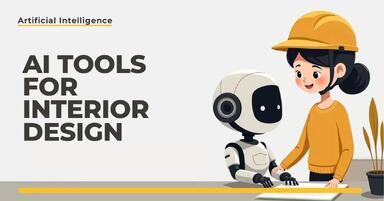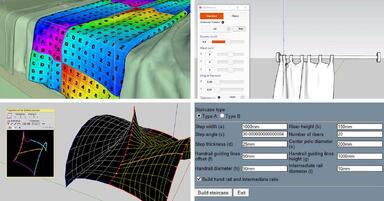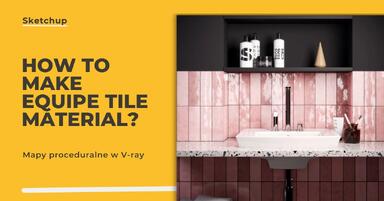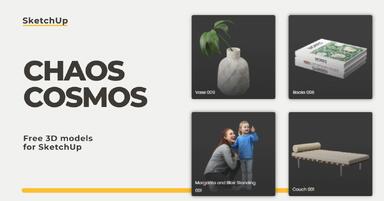Publication date: 20-03-2025 | Update date: 20-03-2025 | Author: Piotr Kurpiewski
How Artificial Intelligence Helps Interior Designers?
Artificial Intelligence (AI) is revolutionizing the world of interior design. It is quickly becoming a key tool to increase efficiency in the field of interior design. The article describes how LIDAR technology and machine learning algorithms help create precise 3D models, streamlining the inventory process. It presents the capabilities of AI in generating spatial layouts that meet individual user requirements. The text also posits that artificial intelligence can be a source of inspiration, providing an alternative to traditional methods of idea generation. Finally, it showcases the potential of AI in creating photorealistic 3D visualizations, which can replace popular tools such as V-Ray.
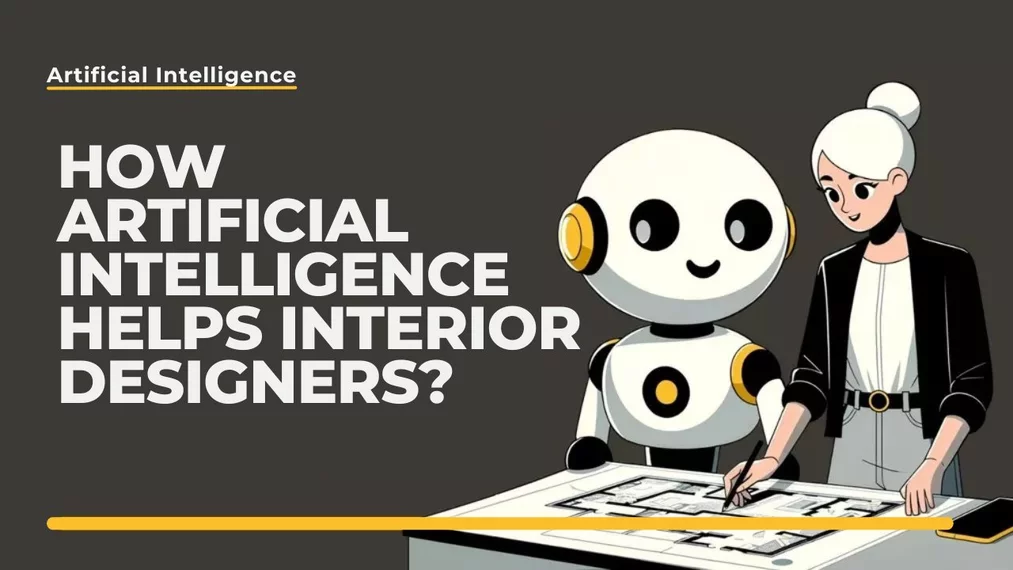
The Impact of Artificial Intelligence on Design
Artificial intelligence is increasingly shaping the field of design. It is no longer just a passing trend, but a significant tool that allows creators to explore the boundaries of their creativity. Thanks to AI, designers can achieve a whole new level of efficiency, reaching their goals more quickly.
In this article, I will demonstrate how AI can significantly increase your productivity by automating processes such as inventorying, arranging functional layouts, finding inspiration, and creating photorealistic visualizations. We will analyze specific applications of AI that can change the way interior designers work.
If you are curious about the history of this technology, be sure to watch my video on this topic on YouTube. It's the first episode of a larger series dedicated to artificial intelligence.
Automation in Inventories Using Smartphones
The development of LIDAR technology and its availability in smartphones and tablets, along with advancements in machine learning algorithms, has opened new possibilities for architects. Now, you can rapidly create precise 3D models of rooms without manual measurements.
LIDAR stands for Light Detection and Ranging, which involves measuring using a special laser beam. This system is used, for example, for mapping floors by autonomous vacuum cleaners and tracking lane markers in modern cars. If you own an iPhone Pro, you can use it for inventorying, foregoing the need for a traditional tape measure and rangefinder. Artificial intelligence can recognize walls, doors, windows (and even furniture!) and create a floor plan and even a 3D model of the selected space based on a quick scan, which you can then use, for example, in SketchUp.
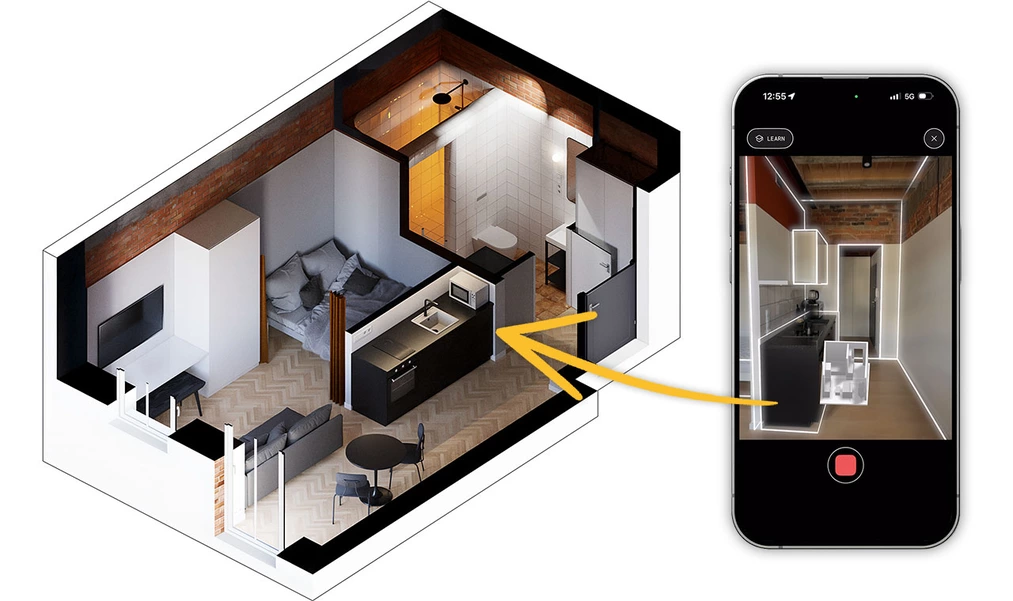
When using LIDAR technology in smartphones, it is important to pay attention to proper room lighting and device stability during scanning. Many applications, such as PolyCam, allow for exporting models in various formats, facilitating integration with popular design programs. Regular updates to these applications introduce new features, such as automatic material and texture recognition.
Automatic Functional Layouts Generated by Artificial Intelligence
AI opens new possibilities in designing functional layouts for living spaces. At the core of machine learning is the ability to analyze and process vast amounts of data. AI can simultaneously explore thousands of potential interior arrangements and filter them based on specific requirements.
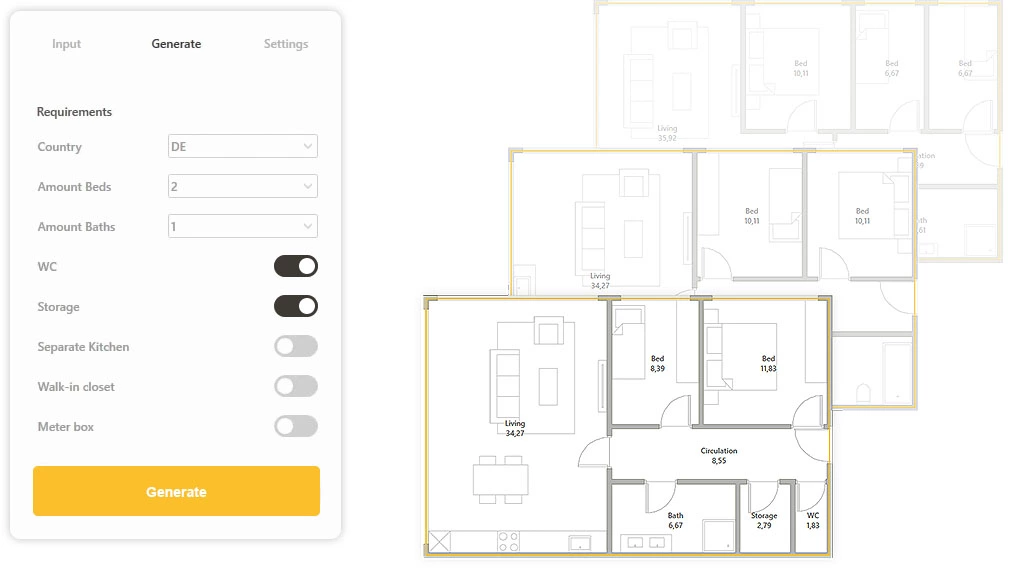
So, you can input preferences regarding the number of bedrooms, the size of the living room, or the amount of storage space, and AI will propose options that are not only aesthetically appealing but also ergonomic and efficient. Additionally, it will analyze all options in terms of wall lengths and sunlight exposure. This way, you can tailor the project to individual needs, saving time that would otherwise be spent on independently exploring potential functional layouts.
Inspiration for Interior Projects Generated by Artificial Intelligence
During the design process, finding the right inspiration can be time-consuming. In this context, artificial intelligence replaces traditional "Pinterest" searches. It can swiftly generate hundreds of references based on just a few keywords. Take a look at the examples I created based on a simple prompt: "Scandinavian-style living room with an IKEA yellow sofa."
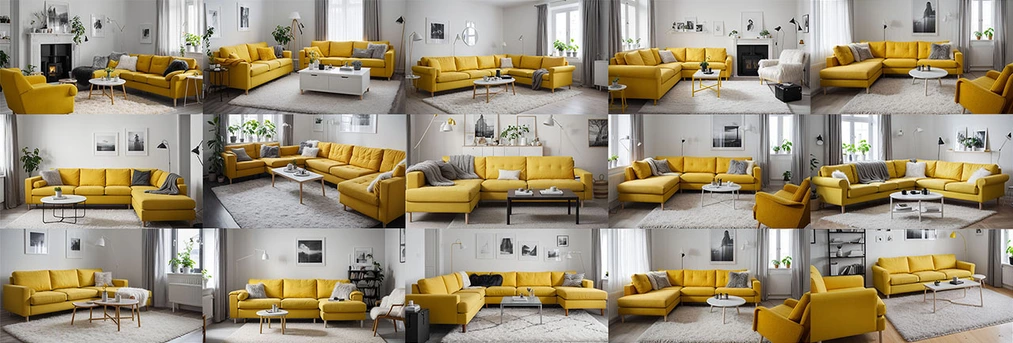
This is a completely innovative approach that guarantees access to an endless source of tailored inspirations. Whether you are working on a minimalist bathroom or a bedroom in beige tones, AI will find, or rather create, unique ideas tailored to your vision.
AI Capabilities in Generating Moodboards
Artificial intelligence increasingly supports designers in creating not only individual visualizations but also entire moodboards, which help define the style and character of a project. Advanced algorithms, such as those used in tools like MidJourney, Moodboard AI, or Stable Diffusion, enable the rapid generation of visual representations of design concepts based on a few key words. AI allows designers to generate unique concepts that immediately capture the desired style, color scheme, and atmosphere of the interior.
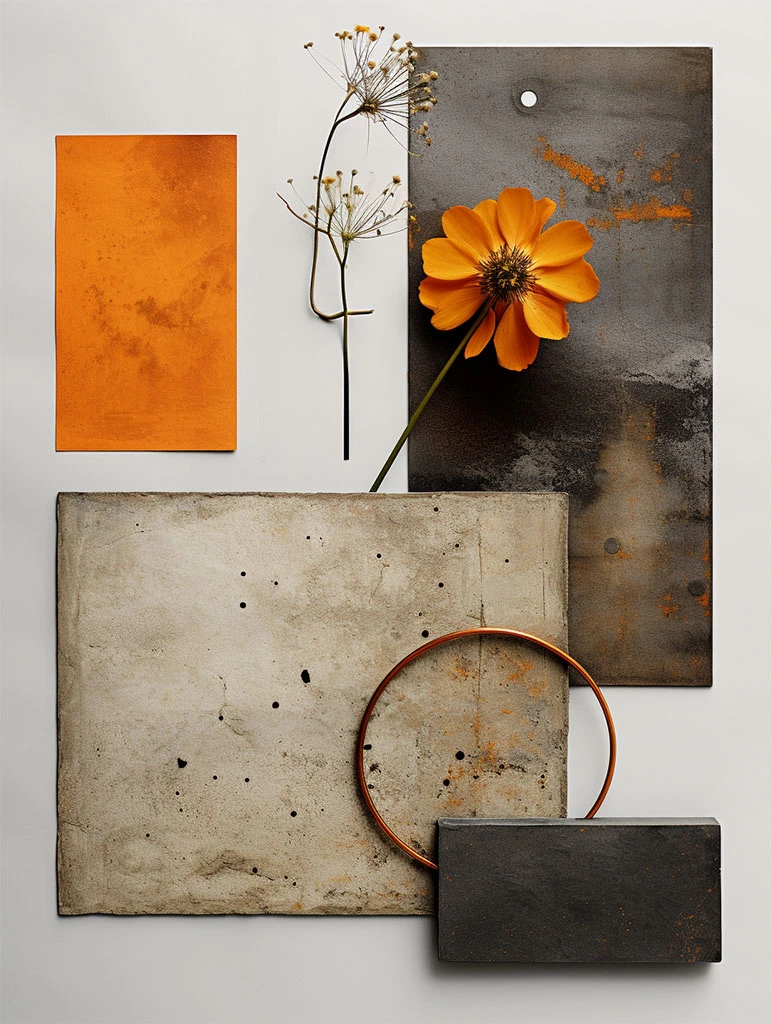
These kinds of moodboards can be easily edited and adapted, significantly reducing the time needed to work on inspirations. Such solutions not only save time but also open up new creative possibilities, enabling a faster discovery of the best project direction. More on this topic can be read in our comprehensive article: Automated Moodboard Generation Using AI.
AI as an Alternative to V-Ray
Did you know that advanced generative artificial intelligence algorithms can transform simple SketchUp graphics and even hand-drawn sketches into compelling visualizations? AI can with high probability recognize what is depicted in the input image and use this data to improve the output image.
Creating photorealistic views in V-Ray requires specialized knowledge. One must develop appropriate rendering settings, set up advanced lighting, prepare materials, and often wait for hours to see the result. With artificial intelligence, this process is many times simpler, and the result is obtained much more quickly.
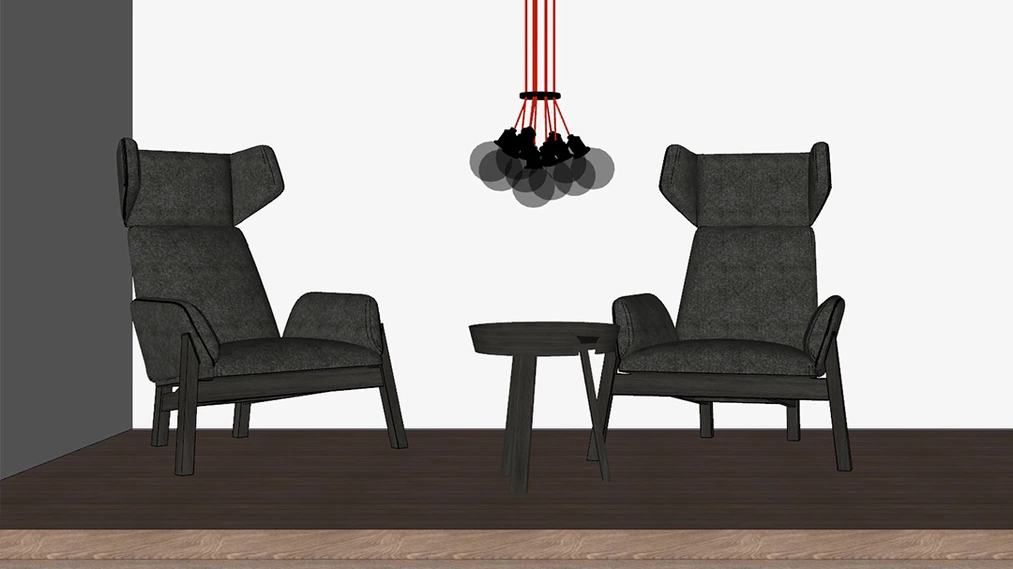
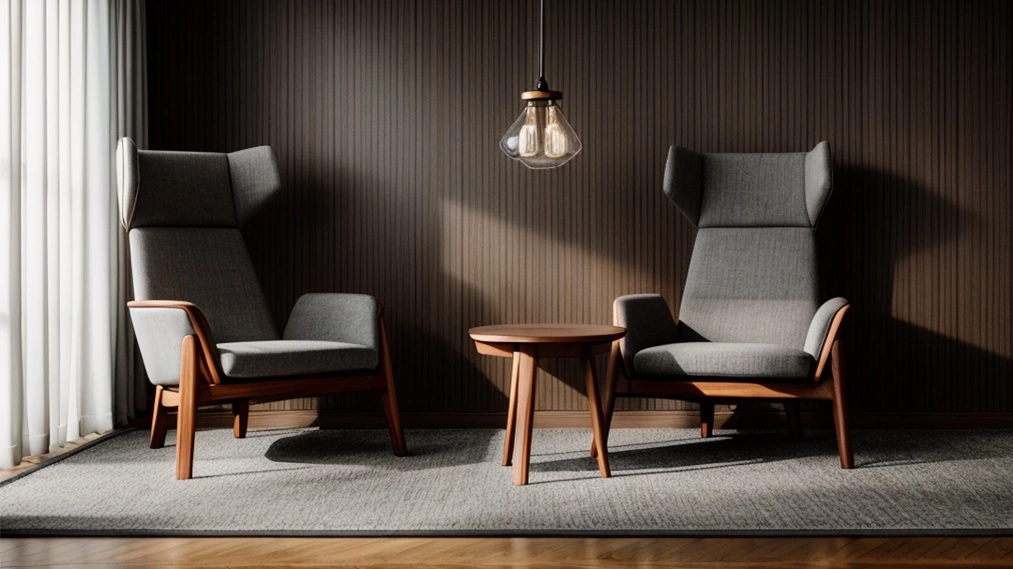
Although V-Ray has been a standard in the rendering industry for years, its complexity can be a barrier for novice designers. AI offers a more intuitive approach, and even individuals without specialized knowledge can achieve high-quality visualizations. Perhaps traditional rendering engines will be replaced by AI in the future. However, for now, V-Ray still offers greater control over details and is preferred in projects requiring the highest precision.
Challenges and Limitations of Artificial Intelligence in Interior Design
Despite its numerous benefits, artificial intelligence also presents certain challenges. One of them is the understanding by AI of human sensitivity and emotions, which are crucial in the process of designing living spaces. Furthermore, there is a risk of relying solely on technology, which can lead to the loss of a unique style and individual approach of each designer. It is important to treat AI as a supporting tool rather than a replacement for human creativity.
To fully leverage the potential of artificial intelligence in interior design, continuous expansion of knowledge and skills in this area is essential. Participation in specialized courses, such as those offered by CG Wisdom, allows for practical familiarization with the latest tools and techniques. Investing in education is an investment in the future of one's career and a competitive advantage in the market!
Perspectives of AI - Artificial Intelligence in Interior Design and Beyond
In the future, we can expect even greater integration of AI with design tools. Technologies such as augmented reality (AR) and virtual reality (VR) combined with AI will allow for creating immersive experiences where clients can "enter" a designed interior before its physical realization. Furthermore, AI can assist designers in analyzing market trends and user preferences, enabling the creation of more tailored and innovative solutions.
The application of artificial intelligence in interior design is no longer just a concept for the future but a real tool available to today's designers. Tools such as Stable Diffusion already offer incredible capabilities, and they are completely free! Work is currently underway to further enhance AI in other areas of architects' work, such as creating estimates, which will only increase its value for the industry.
If you would like to harness the potential of this technology and stay up-to-date with the latest trends, be sure to check out our AI Course - Artificial Intelligence in Interior Design, which thoroughly discusses all the topics covered in this text, demonstrates what working with artificial intelligence looks like in practice, and outlines new perspectives for the future.
Read on our blog
-
![Artificial Intelligence Tools in Interior Design]()
Artificial Intelligence Tools in Interior Design
Artificial intelligence is changing interior design by facilitating arrangement, visualization, and gathering inspiration. Discover the best AI tools on the market! -
![10 useful SketchUp plugins you must know! Guide]()
10 useful SketchUp plugins you must know! Guide
In this text, you will learn about 10 plugins that will help you work faster and achieve better results in SketchUp. -
![Sketchup - How to create Equipe tile material? Procedural maps in V-Ray.]()
Sketchup - How to create Equipe tile material? Procedural maps in V-Ray.
The current mega-trend for rustic, ceramic tiles continues. Learn how to recreate them in visualizations in SketchUp! -
![Free SketchUp models and materials! How to efficiently use Chaos Cosmos library?]()
Free SketchUp models and materials! How to efficiently use Chaos Cosmos library?
Discover Chaos Cosmos - a free library of models and materials for SketchUp, available with every V-Ray license.
